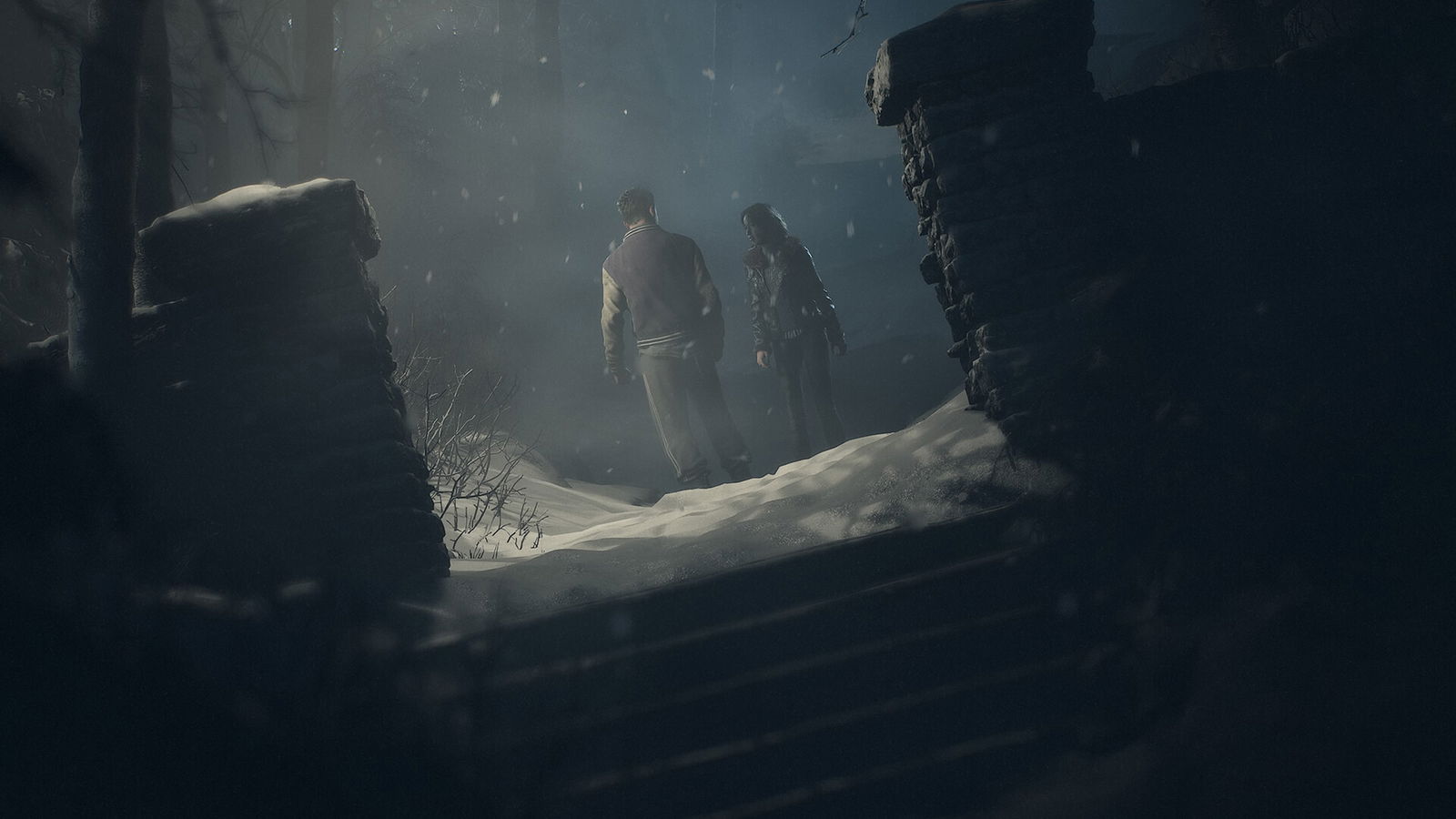When PlayStation announced the remake of Until Dawn, it was a baffling choice. The original game, released in 2015, was hailed for its immersive horror experience, decision-based gameplay and gripping narrative. It was a cinematic thriller where your choices really mattered, with every decision potentially altering the fates of the eight main characters.
However, the remake promised enhanced visuals, additional story content and refined mechanics. It sounded like a dream come true, but unfortunately, what we got feels like a severe step backward. While it does offer improved graphics and some expanded lore, the remake also removes certain elements that made the original special, leaving behind a bloated, less engaging experience.
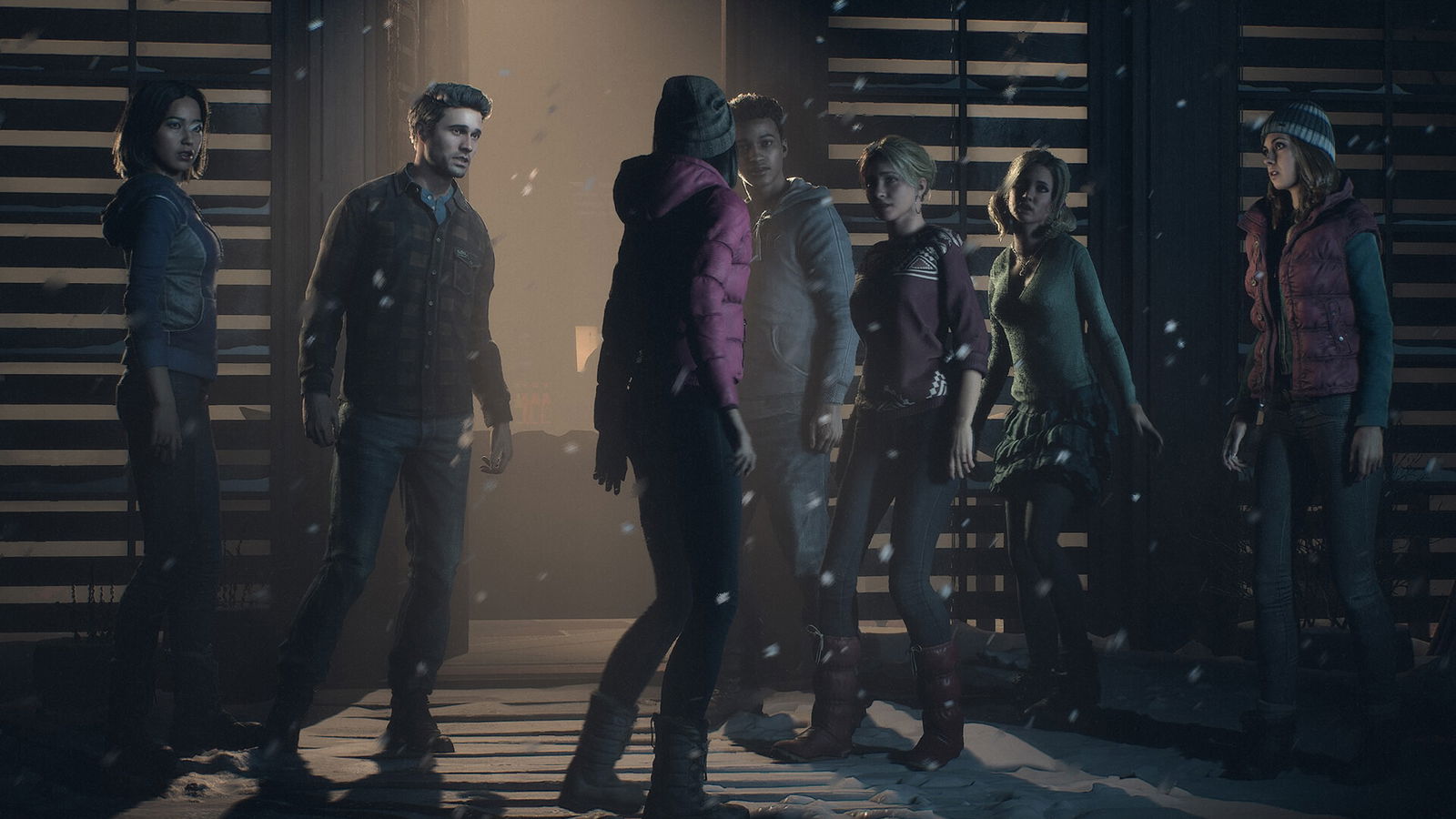
There’s no denying the remake looks better than the original Until Dawn. The updated graphics, improved lighting and more detailed character models are immediately noticeable. The environments are also more atmospheric, with the mountain lodge and its surrounding areas feeling more alive and terrifying. These visual upgrades help create a more immersive experience when tension is at its peak.
“The original Until Dawn had a beautifully tight narrative, balancing character development with moments of suspense and horror.”
One of the major changes in the Until Dawn remake is new content aimed at fleshing out the prologue story and some areas from the original game. While additional context might seem like a positive development, it becomes more of a hindrance in this case. The original Until Dawn had a beautifully tight narrative, balancing character development with moments of suspense and horror. It didn’t waste time explaining every detail, leaving enough room for mystery and interpretation, and it felt like we just happened to focus on these characters during a pivotal experience in their lives. Unfortunately, the remake falls into the trap of over-explaining.
Instead of enhancing the original plot, the added areas and prologue set up expanded backstory that often feels like filler. Rather than adding depth, the new content frequently bogs down the pace, causing the game to drag. As a result, the plot loses some of its edge, and the tension that the original built so masterfully begins to erode. The game’s pacing also suffers because of these additions, with moments that should feel tense or dramatic often becoming drawn out and overly detailed.
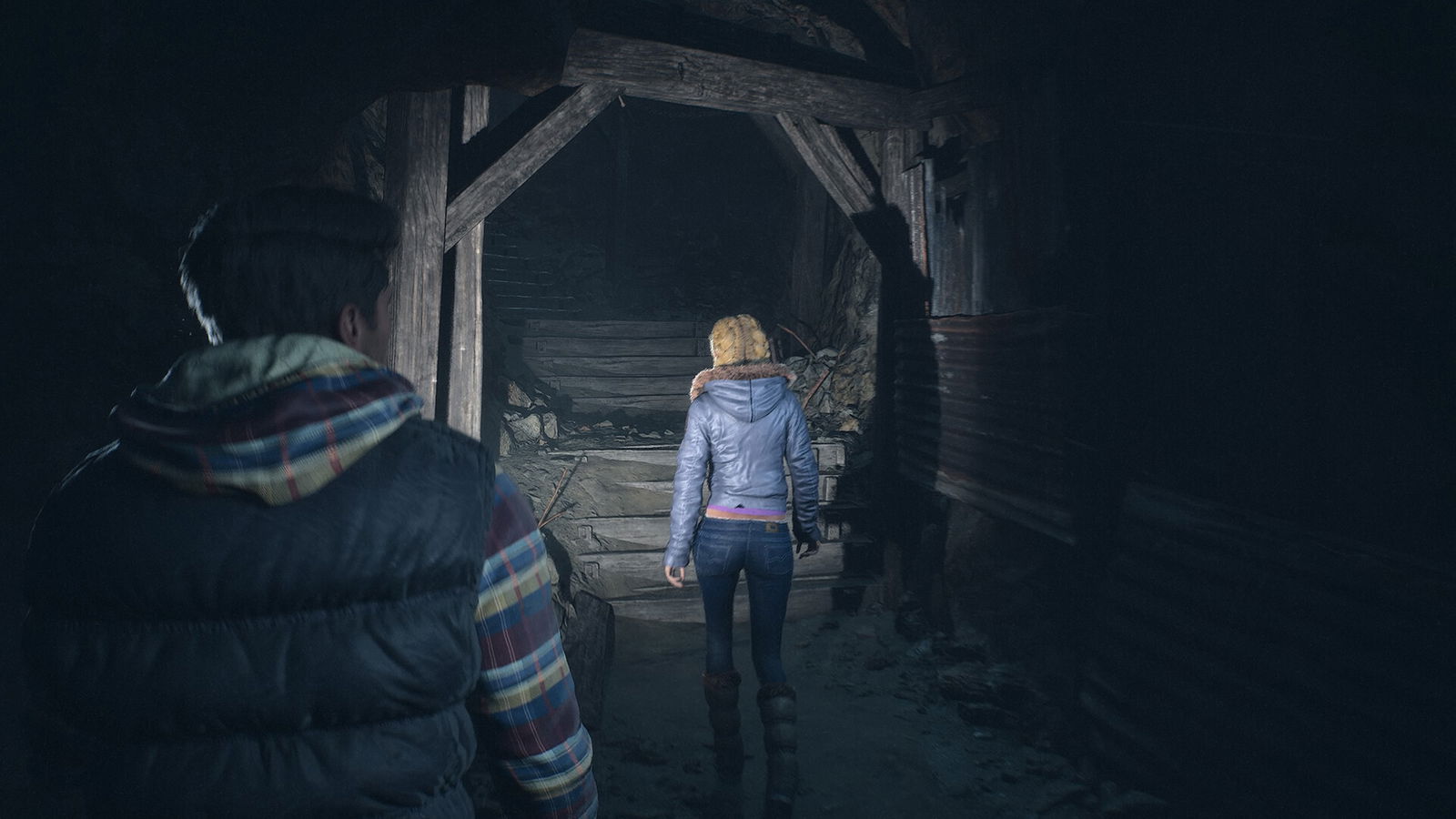
In the original Until Dawn, the totem system was one of the most engaging mechanics. These totems were collectible items hidden throughout the game, and when discovered, they provided players with cryptic glimpses into potential future events. This system added an element of mystery and foresight, allowing players to piece together the story and potentially make informed decisions that would affect the characters’ fates. It was a fun and rewarding system that gave a sense of replayability, as players could explore different outcomes by revisiting these future visions.
“The magic of the original totem system was in its simplicity, and the remake completely lost that sense of organic discovery.”
Unfortunately, the remake completely mishandles this system. Rather than the totems providing glimpses of the future as part of natural exploration, they now demand your full attention and slow the game to a crawl. Whenever you find a totem, you’re forced to stop everything and carefully interact with a very specific spot on the totem to trigger the vision. This jarring interaction breaks the game’s flow and disrupts its natural pacing. In the original, finding a totem was an exciting moment—a simple discovery that added intrigue to the narrative. In the remake, interacting with the totem feels so tedious and awkward that it becomes more of an annoying chore than a meaningful gameplay mechanic.
This forced interaction makes the totem system feel less like a rewarding part of exploration and more like a distraction. Instead of feeling like an exciting part of the adventure, finding a totem in the remake often drains the energy from the scene, as it brings the game to a complete halt and forces you to engage with it in an overly specific, unnatural way. The magic of the original totem system was in its simplicity, and the remake has completely lost that sense of organic discovery.
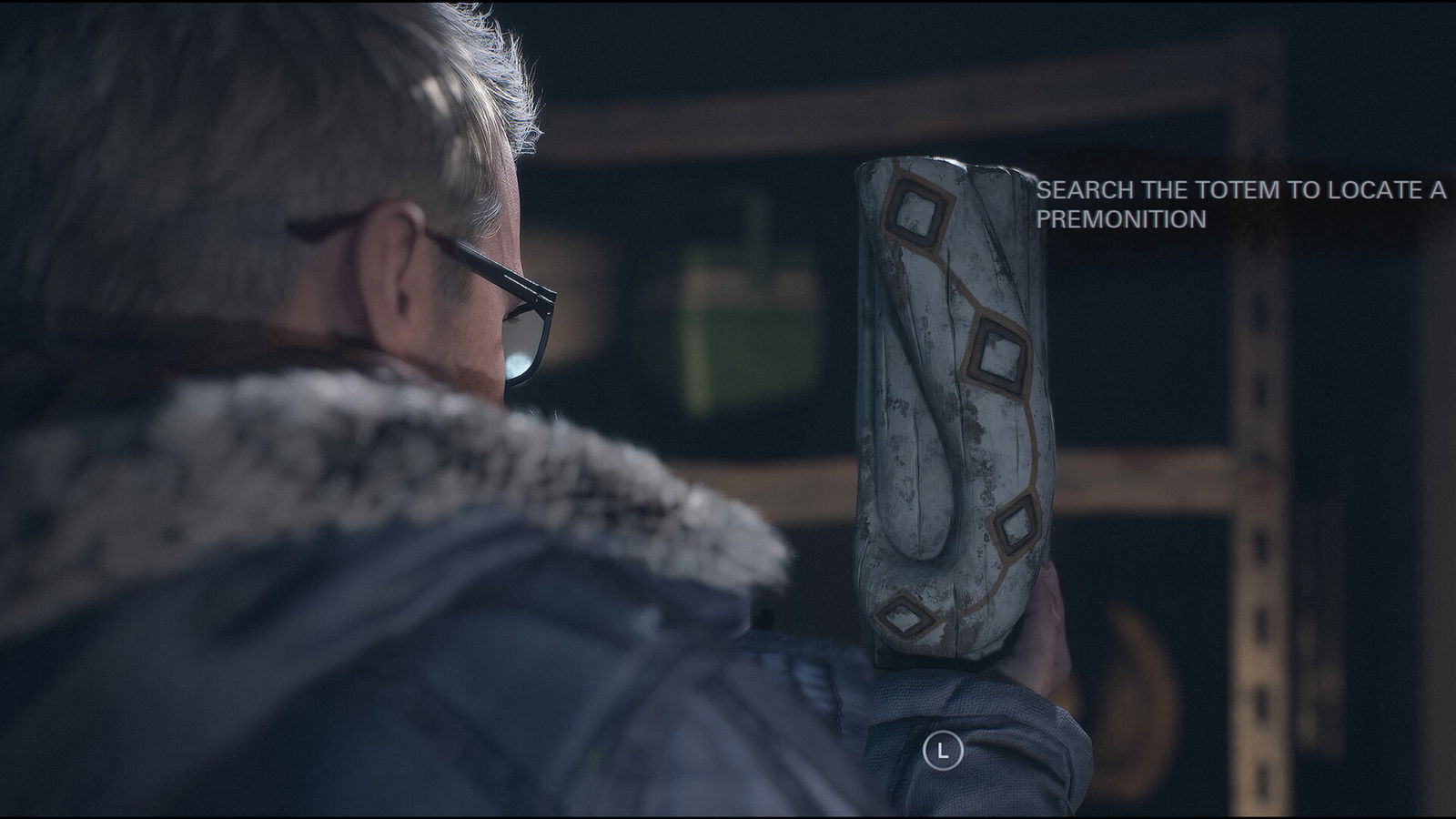
Movement in Until Dawn wasn’t always functional; I would even go as far as to say it was a bit clunky. It wasn’t perfect, but it did the job, particularly during the game’s high-tension exploration sequences. In the remake, the movement feels noticeably worse, and the absence of the run function—a feature that was never critical but still helped players move faster through scenes in the original—further disrupts the flow. While the original game had its fair share of movement issues, it wasn’t a dealbreaker.
“The original game was a tight, thrilling experience that kept players on the edge of their seats, while the remake often feels like a less engaging, drawn-out version of the same story.”
The ability to run, though not vital to the game’s core mechanics, was useful for players who had already experienced the game and wanted to move through scenes faster. Its removal in the remake feels like a missed opportunity, as it adds unnecessary friction and makes movement feel more sluggish overall.
Beyond that, the controls themselves feel less responsive in the remake. The lack of precision in movement makes you feel less in control during the game’s most pivotal moments, ultimately detracting from the overall experience.
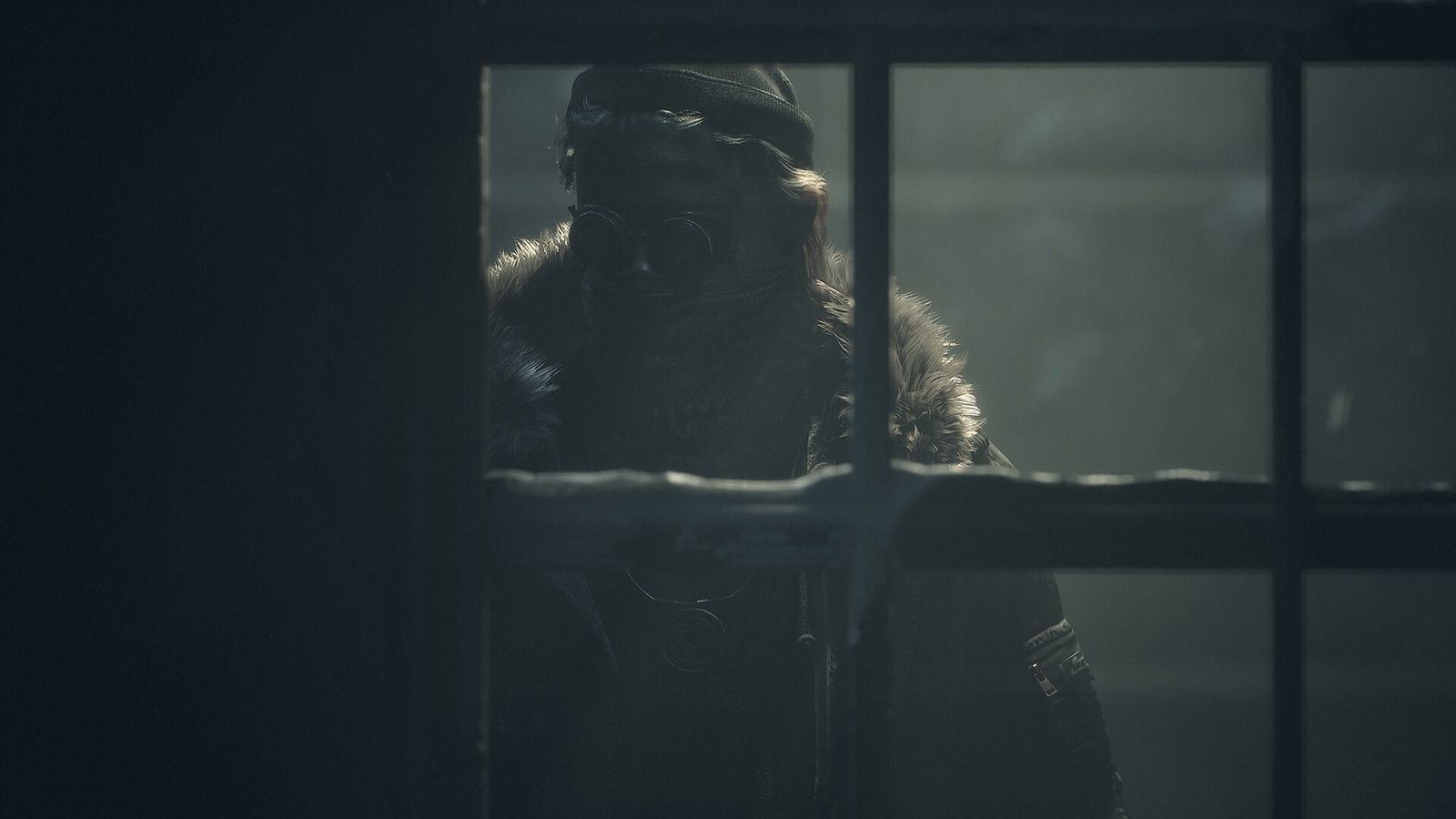
Ultimately, Until Dawn remake’s pacing is one of its most significant issues; the original Until Dawn was a masterclass in pacing, managing to build and maintain tension throughout the experience. There was always something around the corner, and every choice felt impactful. The remake, on the other hand, feels bloated. Adding new areas, while not excessive, slows down the game and disrupts its natural flow. The horror that once thrived on unpredictability and tension now feels diminished by the excessive padding and mechanical changes that disrupt immersion.
The totem system and slower movement dilute the experience. Rather than making you feel like an active participant in a dynamic horror narrative, the remake often makes you feel like a passive observer. The tension that made the original Until Dawn a standout experience is lost in the remake’s attempt to over-deliver. Not to mention the poor performance, which led to crashes, characters floating in the air, and a lot of stuttering.
While the Until Dawn remake boasts impressive visuals and some expanded story content, it ultimately fails to surpass its predecessor in meaningful ways. The changes to the totem system bloat the experience, slowing the game down and detracting from its core appeal. The original game was a tight, thrilling experience that kept players on the edge of their seats, while the remake often feels like a less engaging, drawn-out version of the same story.
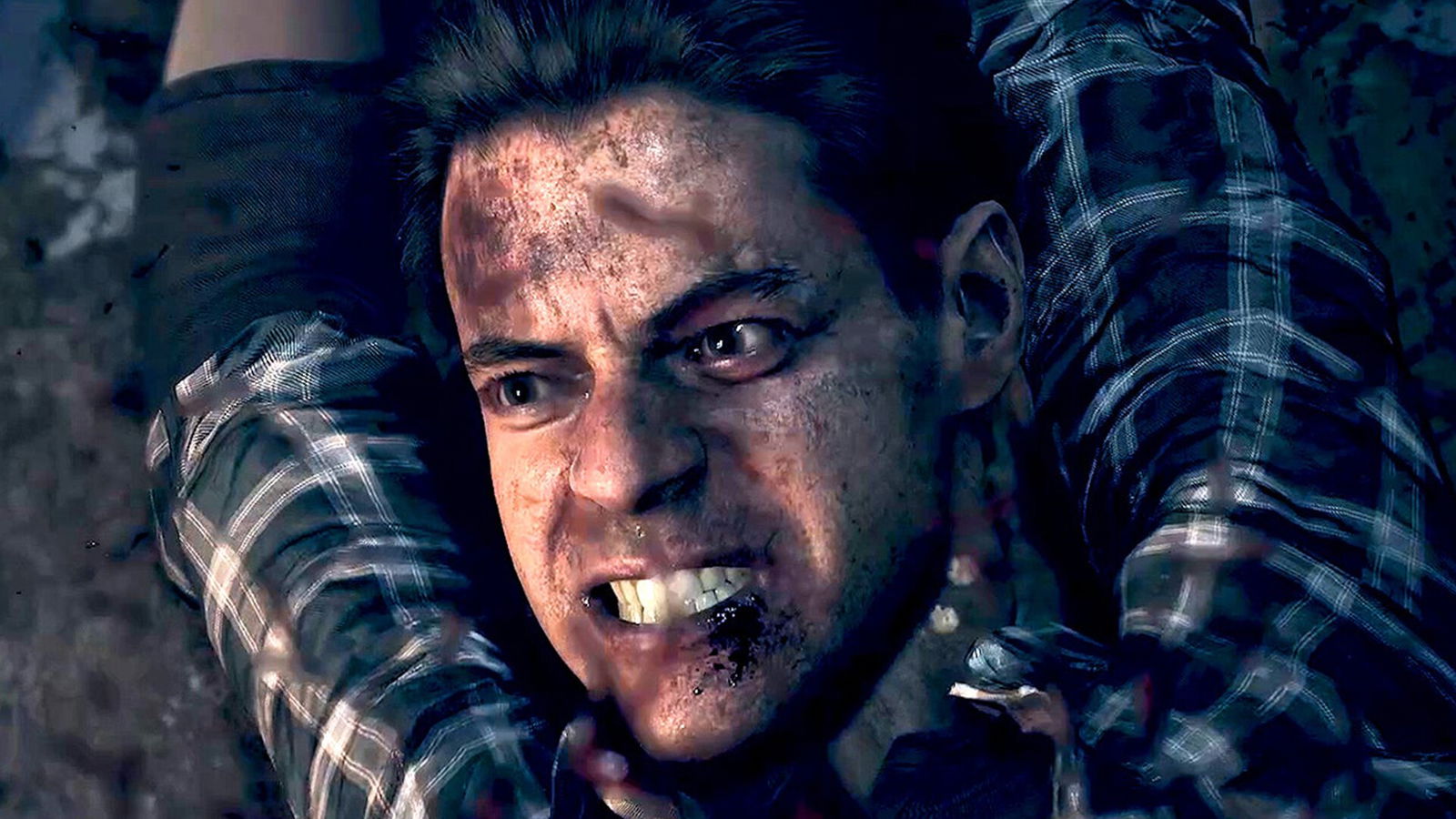
or fans of the original Until Dawn, the remake may provide some novelty with its updated visuals. Still, it lacks the sharpness, tension, polish, and immersion that made the original a fantastic game. The Until Dawn remake ultimately feels like a missed opportunity—a game that adds unnecessary elements and removes features that could have improved the overall experience, especially in terms of replayability. It’s not a bad game, but it’s a far cry from the masterpiece that the original remains.
